At this moment, I can’t seem to get enough of wines from northwestern Spain.
The area’s cool-climate and isolation fosters unique grapes not found elsewhere in Spain, much less the world. I’ve been raving about the Mencia-based wines of Bierzo and Ribeira Sacra for a little while (which are also cultivated in nearby Portugal), but now they have company on the white-side of things in the form of Godello.
3 Reasons to Try Godello
- You are looking for something similar to Chardonnay, without getting a Chardonnay
- You are trying to pair a white wine with rich seafood
- You love Spanish red wines, but haven’t yet found a Spanish white wine to love yet
About the Grape & Where It’s Grown
Like Arneis or Carmenérè, Godello (go-DAY-oh) is a wine grape that has been rescued from the dustbin of wine history.
Relegated to complete obscurity (some would say near “extinction“) in the mid-20th century, the once-staple white grape of Galicia was ripped out in favor of higher-yielding grapes so that wine production could be boosted. We all know what happened next: the resulting wine was insipid and anonymous, and an area’s unique identity within the world of wine was nearly wiped out.
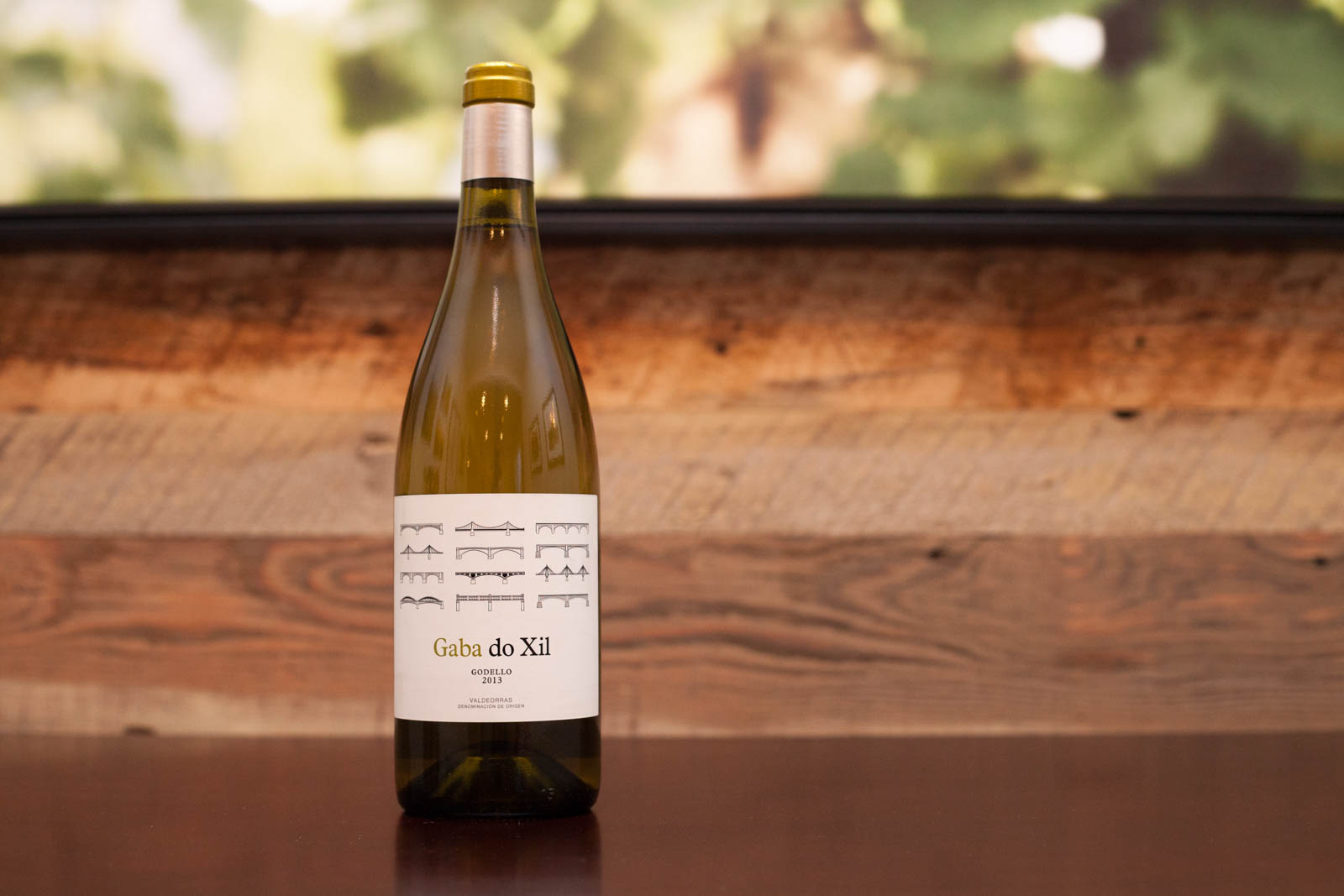
But in the late 1970s, a band of researchers began planting and studying Godello, and it experienced a bit of resurgence by the mid-1980s. Steadily, its regained a toe-hold in the area, and it now plays the role of white-wine spouse to Mencia, not unlike Chardonnay and Pinot Noir in Burgundy, Oregon and cooler parts of Sonoma County.
In fact, my first sip of Godello triggered thoughts of Chardonnay, and I’m not alone. Reading up on the wine further confirms that many people see a parallel between the two grapes. Both are full-bodied yet zesty in a citric kind-of-way, and both offer winemakers a moldable piece of clay, so-to-speak. In the vineyard and in the wine cellar, Godello responds to different conditions pretty readily: it expresses itself differently when grown on slate slopes versus alluvial soils, and its personality changes depending on the use of oak or stainless steel tanks in aging.
Like Chardonnay, variance from vintage-to-vintage, vineyard-to-vineyard and winemaker-to-winemaker makes Godello a moving target for tasters.
Godello is mostly confined to Galicia’s Valdeorras and Ribeira Sacra regions, as well as in Bierzo, just over the border in Castille y Léon.
In particular, the grape thrives in Valdeorras (in Spanish, the “Valley of Gold”), where the Galician Massif shields the vineyards from the brutal Atlantic Ocean winds, and the slate soils of the hillsides provide good drainage for the area’s ample rain.
Your First Taste
My first sip of Godello came in the form of the 2013 Telmo Rodriguez Gaba do Xil Godello. I bought it because of Telmo, not because of Godello. Mr. Rodriguez is a bit of a freelancer in Spain, offering up finely crafted, affordable, lively wines from the area’s most intriguing wine regions, especially a dark and richly distinctive Toro, and a jolly Verdejo that is among the best Rueda I’ve had.
And his Godello is just as finely calibrated as those two. At first blush, I was reminded of Chardonnay. Here was a dense, round, palate-filling wine that recalled lemon-cream and tea-like notes. But then, it also offered a sharp minerality in the finish that you just don’t find in Chardonnay. One sip, two sips, three sips … it was hard to back off of this wine, and it has me eager to seek out more Godello in the future.
2013 Telmo Rodriguez Gaba do Xil Godello
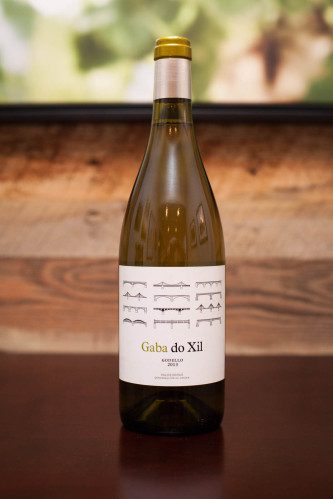 Valdeorras, Spain
Valdeorras, Spain
Grapes: Godello (100%)
Alcohol: 13%
Ratings: ★★★★ 1/2 (out of five)
Aromas, Taste & Structure: ★★★★ 1/2
Food-friendliness: ★★★★
Value: ★★★★
Tasting notes: A full and rounded wine with a lot of energy and transformation as it opens up. Decked with palate-filling notes recalling lemon, mandarin oranges and peaches, as well as chamomile on the edges. Clean, bright, minerally finish with just a touch of tartness, but by no means is this a palate-fatiguing wine.
Recommended for: Sautéed chicken breast with a touch of lemon, orzo salads, and full-and-rich seafood dishes like dungeness crab.
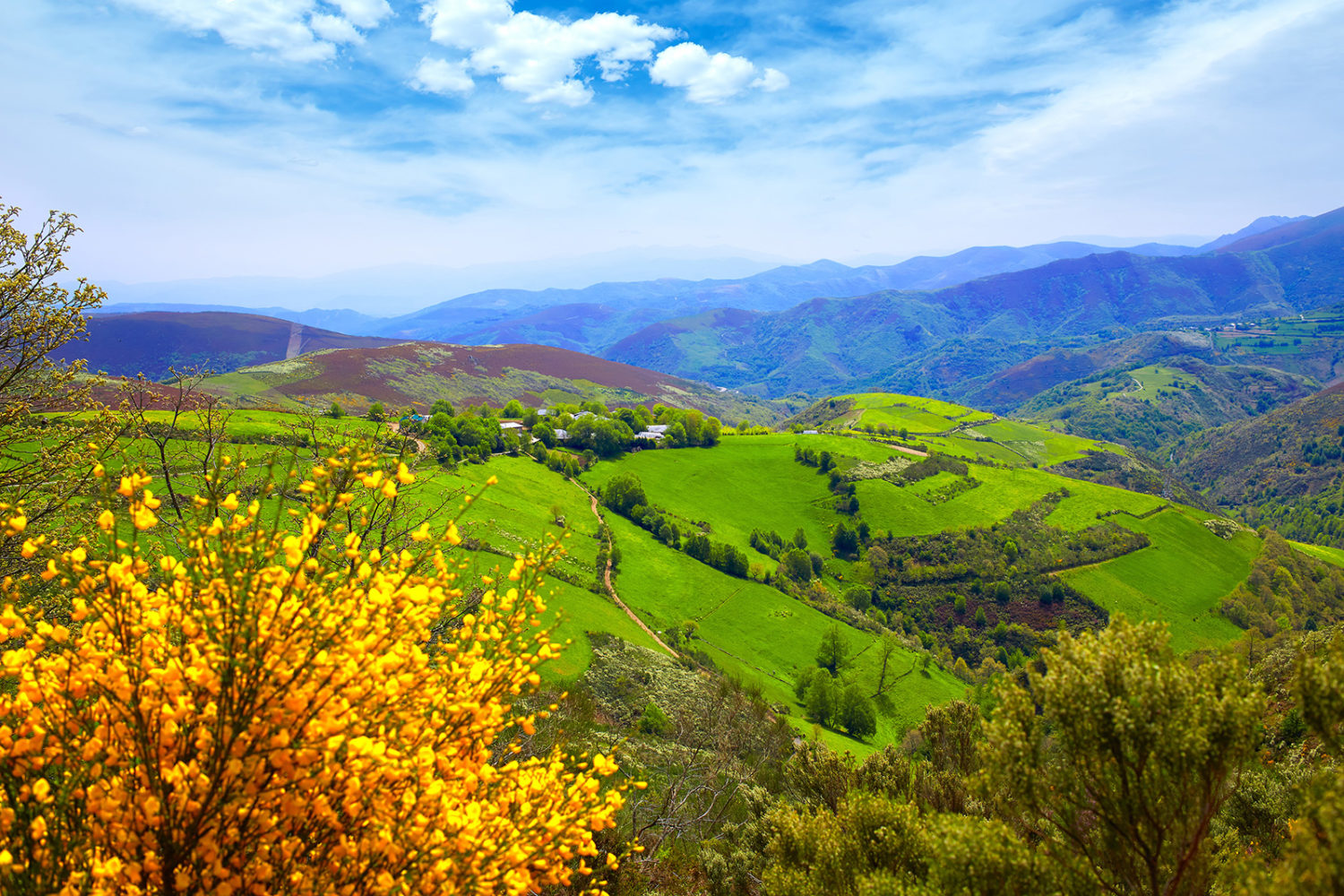
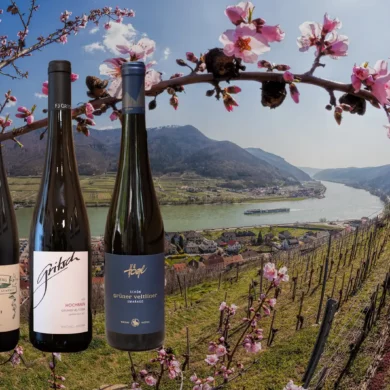
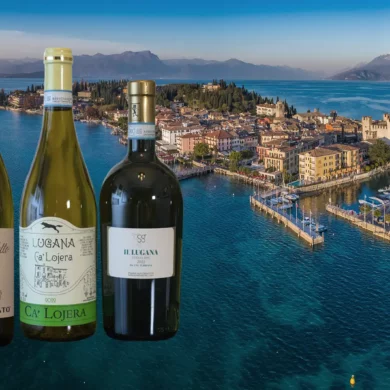
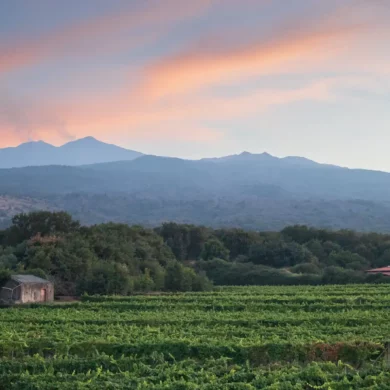
Sounds like something I need to drink! Thanks for this introduction.